Your cart is currently empty!
Basic education in the Philippines has had an uneven trajectory in terms of quality over the years. While more Filipino children now attend school and participation has improved dramatically over the past half century, the quality of education has improved much more slowly as evidenced by large-scale international student assessment tests the country has participated in in recent years (PISA, TIMSS, SEA-PLC).
This was the education environment Drs. Marivic and Chris Bernido, her husband, encountered when they made the decision to move from the high walls of academia at the University of the Philippines National Institute of Physics where both were professors to a small rural high school in Bohol.
The Bernido couple went home to take over the Central Visayas Institute high school which Chris’ mother had run as principal. The municipality of Jagna is a third class municipality and CVI was the town’s private high school dating back to the American Commonwealth Period. The students of this 550-student high school were mostly the children of farmers and rural folk.
It was 2001 when the Bernido couple agreed to take over CVI (it was incorporated as a foundation, CVIF) and they made it their mission to turn it into a quality school. But not just a school of quality but one that would lead with a new pedagogy they planned out and developed called the “Dynamic Learning Program (DLP)”. Banking on their training as quantum physicists steeped in research and theory, they studied the situation in Jagna in order to design a learning system that would respond to local conditions while introducing a modern world to a rural community and through this, introduce a new pedagogy to an education system stuck in its traditional practices.
The mission of CVIF is three-fold:
- 1. To equip each student with necessary values and competencies for further studies and careers;
- 2. To develop and protect each individual’s talent and innate creativity, and guide each one towards the path of fullest realization of potential and creative abilities; and,
- 3. To instill in the youth a spirit of service to country and love of God, above all.
Their formulation was simple: “Patriotism + Passion for Science + Greatness of Spirit”.
As a pedagogy, DLP is difficult to master. It requires a sea-change in the approach to learning. It is student-centric in all aspects of its design and teachers had to learn to guide rather than instruct. Given the way teachers were being trained in Teacher Education Institutions (TEIs), this was a paradigm shift many teachers and administrators found compelling but difficult to adopt.
It would take time to explain DLP in detail. Let me try to explain it in simpler terms hopefully without oversimplifying it.
There is a concept which Harvard professor and author, Clayton Christensen and others have called “flipping the classroom” where students take charge of their own learning and where the teacher is not necessarily the expert in charge. In the DLP designed by the Bernidos, for example, classes in mathematics and science start with students tasked with solving a problem on their own or in groups. The first third of class time is spent by students trying to solve the given problem on their own. After trying this, the teacher reviews their work, asking questions and suggesting ways (principles, methodologies) to address the problem. This may take up another third of class time. The last 40 percent of class time is either reworking the problem or doing a similar problem for practice. In a short period of time, students learn to tackle problems they have never seen before on their own without waiting for instructions.
This arrangement also has a practical purpose.
For one, science and math-trained teachers, especially the former, are in short supply in the education system. In high school Physics, only about 25 per cent of Physics teachers are Physics majors in college The percentage for the other science subjects is higher with Mathematics at about 80 per cent (Disclosure: I would have to check the latest DepED statistics on this).
For another, the home environment of students in their Jagna community was not necessarily conducive to doing homework or study at night. The Bernido’s no homework policy freed up by DLP gave students free time to do things with their families at night and on weekends.
Third, CVIF did not have the resources to buy textbooks for all students. Marivic Bernido would write out the assignments on the board and require students to write this down in their notebooks. Even this had a “method to its madness”. By writing down the assignments in their notebooks, the Bernidos argued that slowing down the thinking process and writing down the assignments was a way to internalize the lessons. This was akin to Nobel Prize winner, Daniel Kahneman’s thesis, “Thinking, Fast and Slow”. It was also training students to think like scientists writing up their work in lab notebooks.
While the DLP was studied by many schools who sent teachers to Jagna to join the summer institute run by Marivic and Chris Bernido, only a few schools actually adopted the system in its entirety. Schools had difficulty with the “flip the classroom” philosophy.
In the 20 years since the Bernidos introduced DLP in CVIF, their school, they have seen graduates finish high school and go on to college. One of their indicators of success was having graduates pass the UPCAT, arguably the most challenging of all local college entrance exams. From having no one at CVIF passing UPCAT at the time they took over the CVIF high school, there are quite a number who have gone to UP and not a few on to graduate school up to the PhD level. It’s hard to argue with this kind of achievement.
For their life’s work in education, Drs. Marivic Carpio-Bernido and Christopher Bernido were awarded the Ramon Magsaysay Award in 2010.
Today, we are saddened by Marivic Bernido’s untimely demise at such a young age due to metastatic colon cancer.
Our deepest sympathies are with you, Chris, on the loss of your lifelong partner.

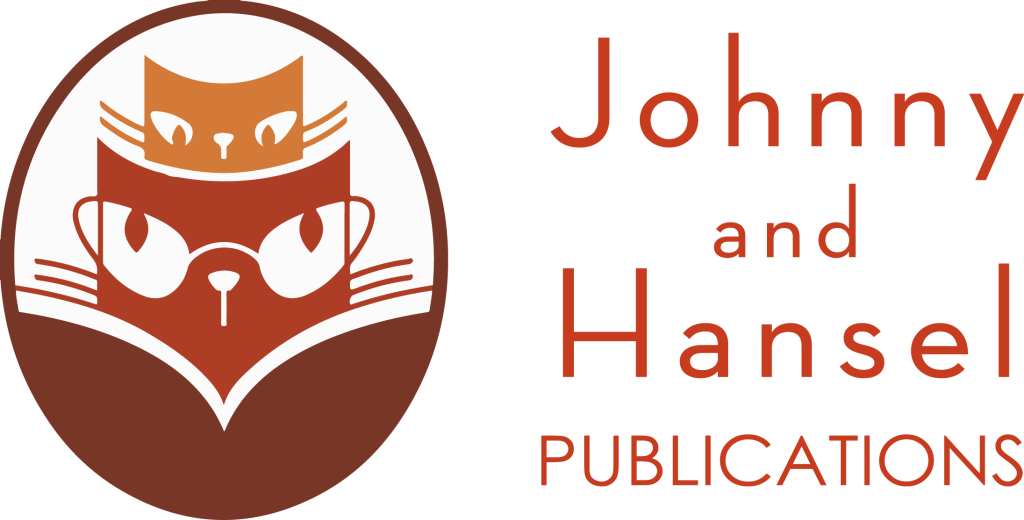





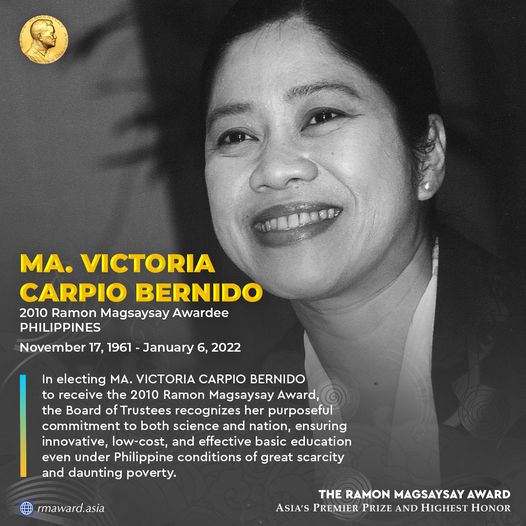


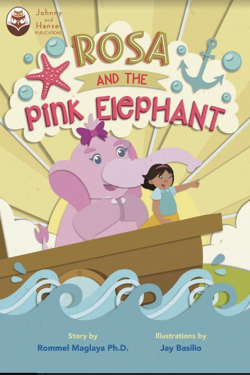
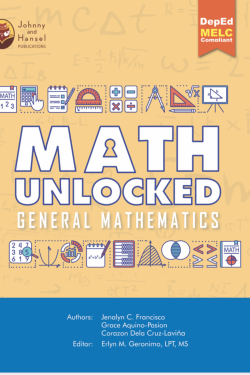


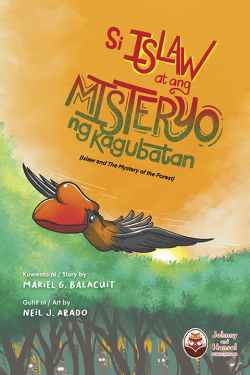
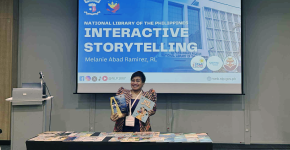



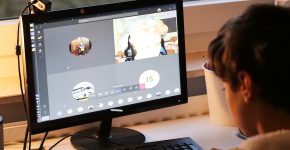
what is your mode of payment